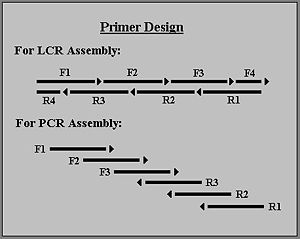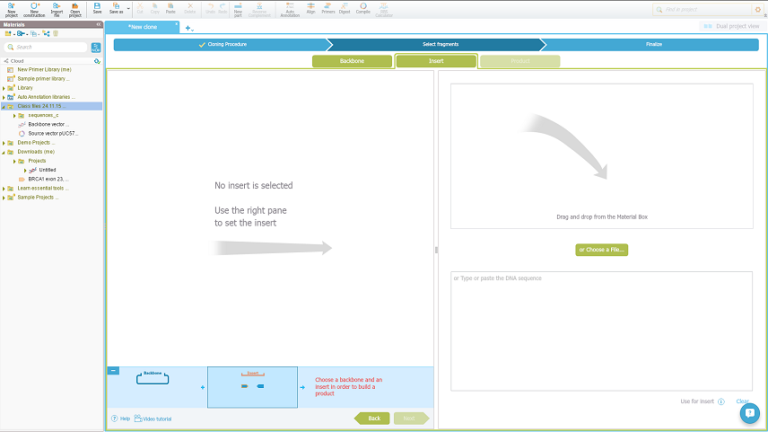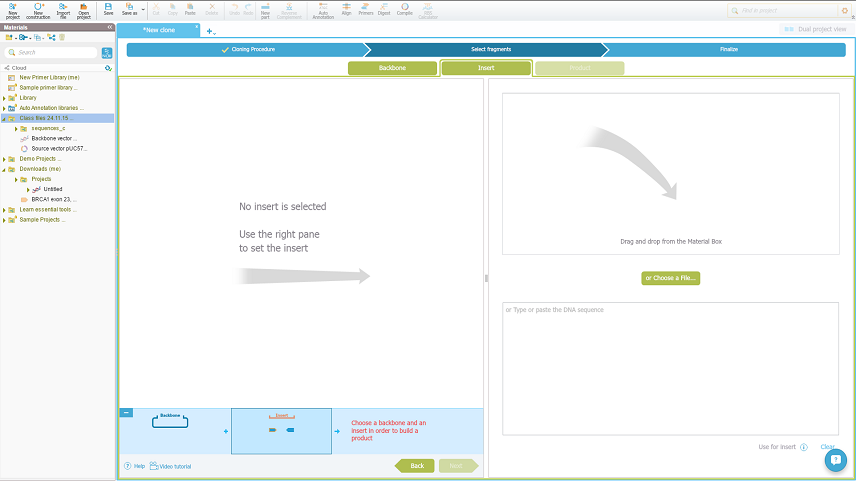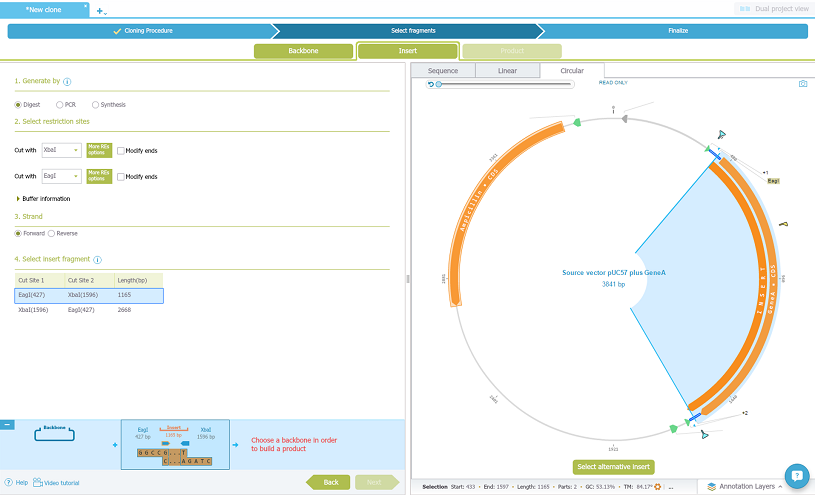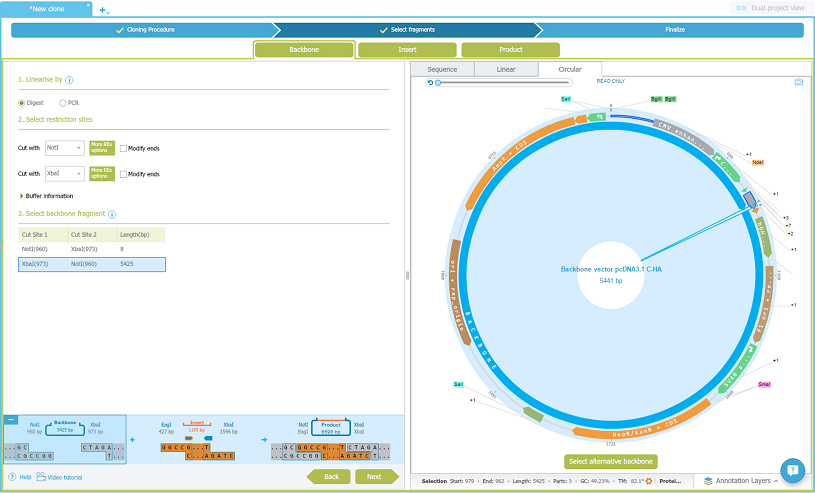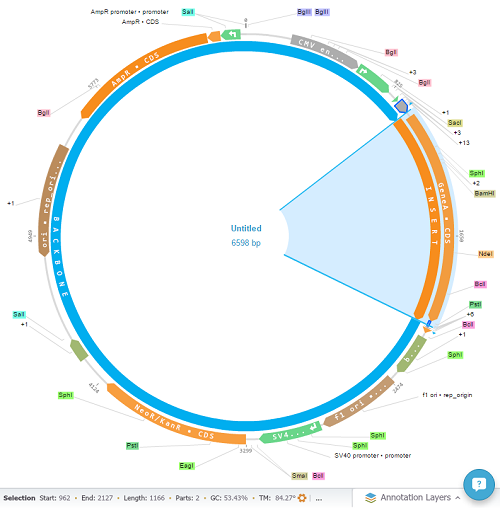Introduction
When receiving oligonucleotide primers from a manufacturer such as Invitrogen, the oligos arrive dry and must be resuspended in buffer. The proper choice of buffer will depend on the intended application of the primers, some common ones are:
- Sequencing/PCR
- Annealing
Method
Invitrogen recommends the following reconstitution procedure –
- Centrifuge the tube for a few seconds to get all the DNA to the bottom of the tube.
- Resuspend in TE buffer, pH 8.0 at a concentration greater than 10μM.
- Allow to sit for 2mins, then vortex for 15s.
However, if you are using primers for PCR/Sequencing you may want to resuspend in water or 100nM Tris, since the EDTA in TE buffer chelates Mg2+ ions inhibiting PCR. You could also keep track of the amount of EDTA in the mix to make sure there is still enough Mg2+ for your reaction to proceed successfully. Each EDTA molecule chelates one Mg2+ ion.
- You typically want a small amount of EDTA around to chelate metals other than Mg. Heavier metals, like Fe, are more likely to wreck havoc on your favorite biological macromolecules and are chelated more strongly by EDTA than Mg. That said, I typically resuspend all of my oligos in TE buffer (mine is 10 mM Tris-HCl, pH 7.5, 1 mM EDTA) at a concentration of 100 μM. I use 0.5 μL of this in a 100 μL PCR reaction. This leaves me with 5 μM EDTA final, which is insignificant compared to the mM concentrations of Mg2+ used in the reaction. Here’s a great page I found about EDTA, including formation constant (Kf) values for metal-EDTA complexes.–Kathleen



